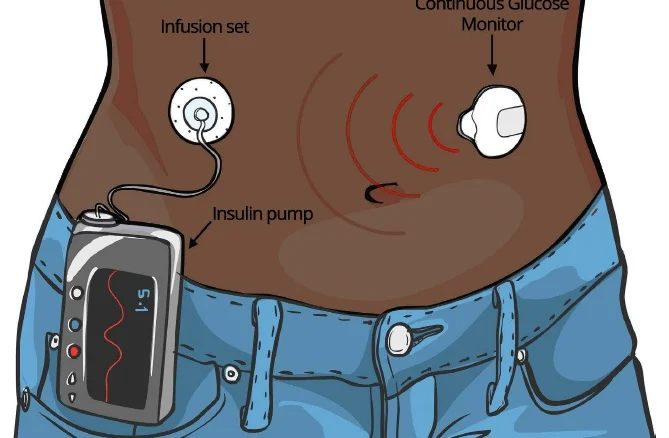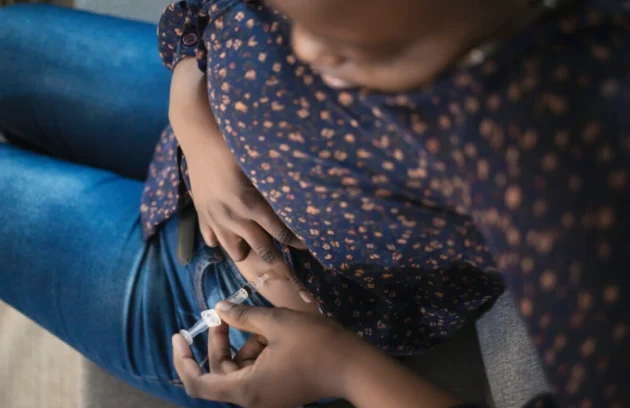- September 24, 2024
- Diabetes Kenya
- Comment: 0
- Treating Your Diabetes
Insulin Pumps: Everything You Need to Know
An insulin pump is a small electronic device that provides the body with regular insulin, which helps to maintain stable blood sugar levels throughout the day and night. For those who find it challenging to manage diabetes with insulin injections, insulin pumps offer an alternative. However, it’s important to remember that the pump needs to be attached to the body most of the time for it to function correctly. Additionally, you will still need to carry a backup kit in case you need to administer insulin through injections.
What is an Insulin Pump?
An insulin pump is designed to mimic the pancreas by releasing small amounts of insulin continuously. This helps individuals with diabetes, particularly Type 1, to manage their blood sugar levels more effectively. Insulin pumps are also used by some people with Type 2 and gestational diabetes.
The pump delivers fast-acting insulin and is programmed to release insulin throughout the day (known as basal insulin) and as needed when eating (bolus doses). The device reduces the need for frequent injections and can be adjusted to fit the user’s daily routine, activities, and meals.
How Can I Get an Insulin Pump?
In countries like Kenya, insulin pumps are not as widely available as in some other parts of the world. However, your healthcare team can provide guidance on how to acquire one. In many countries, such as the UK, insulin pumps are typically offered through national health services (NHS) to specific individuals with Type 1 diabetes who meet particular criteria. In Kenya, patients may need to self-fund, depending on availability and healthcare coverage.
Always discuss your interest in an insulin pump with your healthcare provider, regardless of your type of diabetes, as they can help determine if a pump might be a suitable option for you.
Types of Insulin
An insulin pump uses fast-acting insulin. The pump delivers this insulin continuously throughout the day (basal insulin) and can be adjusted to provide additional insulin during meals or when blood sugar levels spike (bolus insulin). You and your healthcare provider can set up the pump to release the correct amount of insulin based on your individual needs and activities.
Types of Insulin Pumps
There are two main types of insulin pumps:

Tethered Pump
This pump is connected to your body by a small tube called a cannula, which delivers insulin under the skin. The pump is usually worn on a belt or in a pocket.

Patch Pump
This type of pump sticks directly to your body, and insulin is delivered without tubing. The pump is controlled by a remote and is disposable, meaning the entire device needs to be changed after a certain period.
Both pumps require regular maintenance, including changing the cannula every two to three days to prevent complications like lipohypertrophy (hard lumps forming under the skin) or infections.
How Does It Work?
An insulin pump works by delivering insulin continuously through an infusion set. Here’s how the process works:
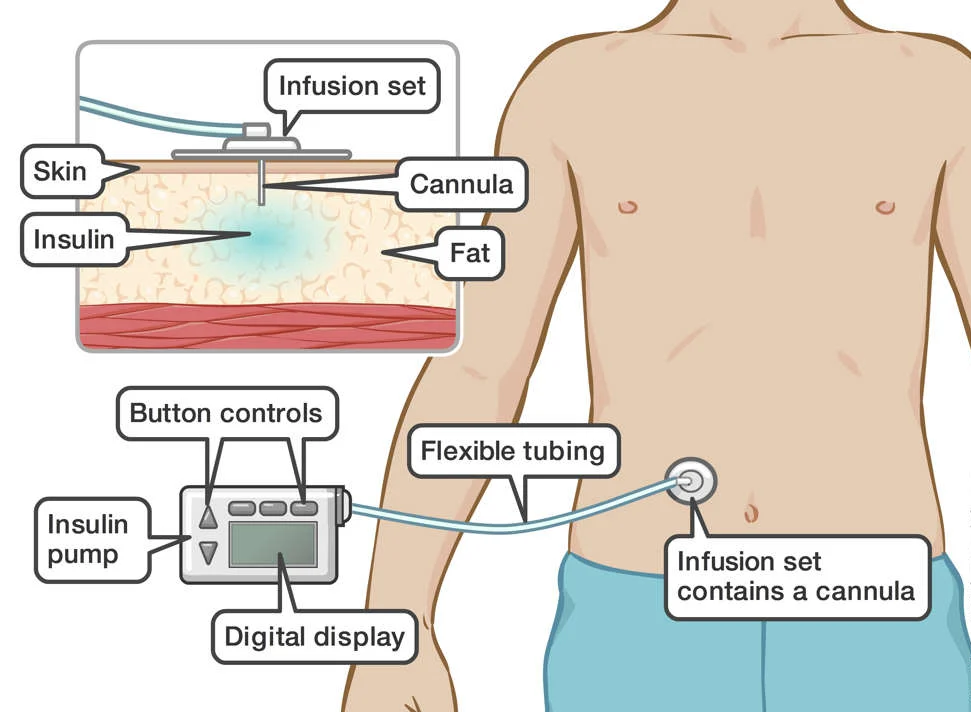
- Insulin Pump: This small electronic device stores and pumps insulin. It has button controls and a digital display, allowing you to set the amount of insulin needed.
- Flexible Tubing: The insulin moves from the pump through the tubing into the infusion set.
- Infusion Set: This set includes a cannula (a tiny tube) inserted just under the skin. The cannula delivers insulin directly into the body’s fatty tissue.
- Skin and Fat: The insulin is injected into the fat layer beneath the skin, where it is absorbed into the bloodstream over time.
- Button Controls and Digital Display: These are used to program the pump to release small amounts of insulin continuously (basal rate) or larger amounts (bolus) during meals or corrections for high blood sugar.
By using the pump, insulin is delivered consistently throughout the day and night, mimicking how a healthy pancreas would release insulin. The user can adjust doses as needed, depending on factors like physical activity or carbohydrate intake.
Pros and Cons of an Insulin Pump
Before deciding on an insulin pump, it’s important to consider both the advantages and disadvantages:
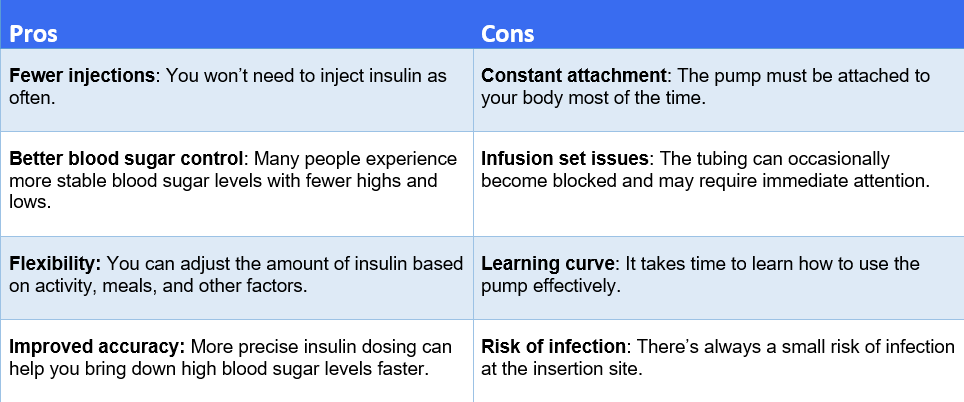
How Much Does an Insulin Pump Cost?
In Kenya, insulin pumps can be expensive, ranging from KSh 200,000 to KSh 300,000 (approximately £2,000 to £3,000), and can last between four to eight years. There are additional costs, such as purchasing cannulas, tubing, dressings, adhesives, and skin preparation wipes, which can add up to around KSh 150,000 (approximately £1,500) annually. While insulin itself is often available through healthcare services at a reduced cost, these extra supplies are usually out-of-pocket expenses.
Additional Costs
You’ll also need to factor in costs for extra supplies like:
- Cannulas and tubing
- Batteries
- Adhesives and skin preparation products
- Dressings for the skin around the insertion site
Storage and Maintenance of Insulin Pumps
If you decide to use an insulin pump, it’s important to store it correctly and follow proper maintenance routines. Always keep a backup supply of insulin, particularly when traveling. Insulin should be stored in a refrigerator (between 2°C and 6°C) until ready for use, and it should not be frozen. Once in use, insulin can typically be stored at room temperature.
Final Thoughts
Insulin pumps are a valuable tool for managing diabetes, especially for those who require more flexibility and precise control over their insulin delivery. While they offer several advantages, they also come with some challenges. Always consult your healthcare team to decide if an insulin pump is the right choice for your diabetes management plan.
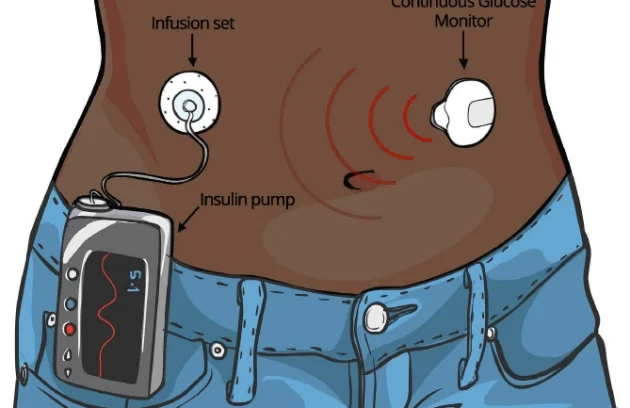
Insulin Pump
Treating Your Diabetes Insulin Pumps: Everything You Need to Know An insulin pump is a small electronic device…
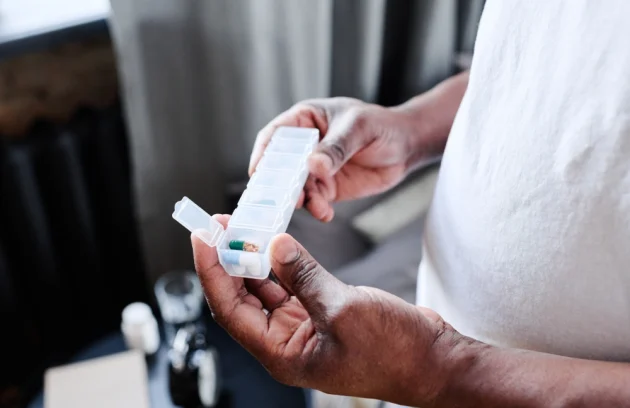
Tablets and Medication
Treating Your Diabetes Diabetes Tablets and Medication: Managing Your Condition In Kenya, as in many other parts of…
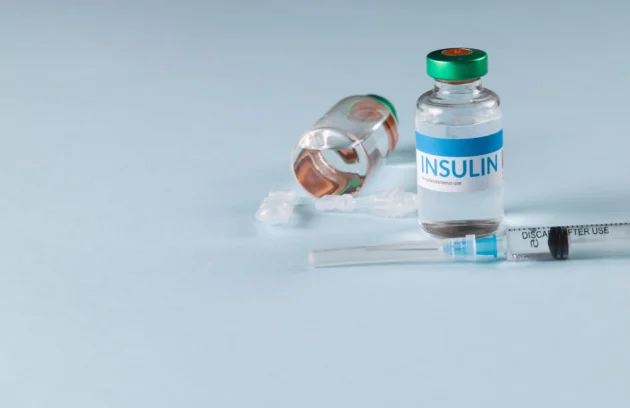
What Is Insulin?
Treating Your Diabetes Insulin and Diabetes: Essential Information for Managing Blood Sugar in Kenya What is Insulin? Insulin…
